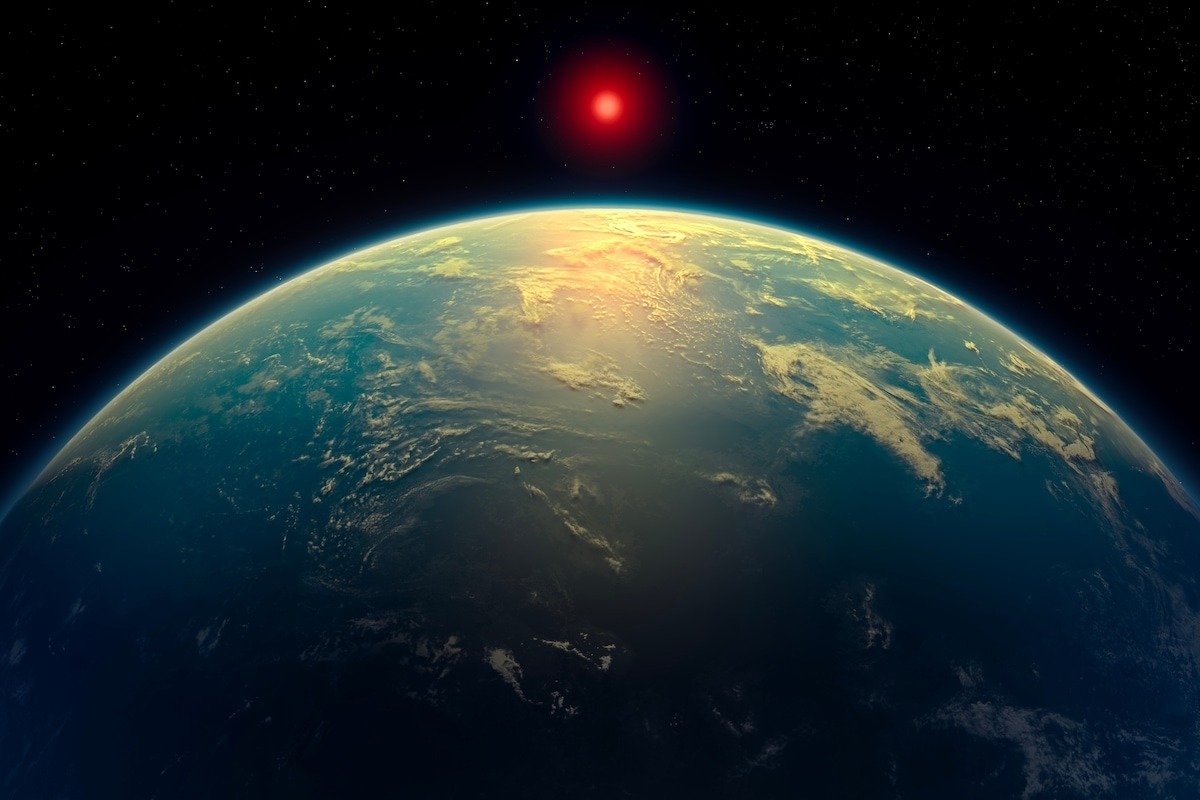The Extremely Large Telescope (ELT), which is presently being built in Chile, may be able to look for extraterrestrial life in a matter of hours, according to a new study released by NASA’s Goddard Space Flight Center and the University of Washington.
According to the study, ELT could detect biosignatures—chemical indicators of life—on solar system planets and in orbit around Proxima Centauri, the star nearest to our Sun, in a matter of hours.
“For the most accessible nearby target, Proxima Centauri b, our results suggest that we may be able to rule out a sub-Neptune atmosphere in as little as a single hour of observing,” the study highlighted.
“It may also be possible to discriminate uninhabited worlds, and rule out biosignature false positives by identifying contextual indicators.”
Additionally, the ELT will be able to investigate planets that are transiting as well as those that are not. It will analyze the starlight traveling through the atmospheres of transiting planets, providing important spectral information. In order to learn more about the composition of non-transiting planets, it will analyze the light reflected from their surface.
The ELT era will probably present the first chances to investigate the atmospheres of non-transiting terrestrial exoplanet targets and look for indications of habitability and life on our nearest exoplanetary neighbors, the study stated, “despite the fact that characterizing terrestrial exoplanets is intrinsically difficult.”
ELT construction and operation timeline
According to the European Organization for Astronomical Research in the Southern Hemisphere (ESO), ELT is anticipated to begin operations in 2029 with “telescope first light” anticipated in March 2029 due to construction-related delays.The first instruments will then be put in place and put into service, resulting in the “scientific first light” in December 2030.
With a total width of around 39.3 meters, ELT’s enormous primary mirror will be made up of 798 tiny mirrors, each of which will have three pistons and twelve edge sensors to keep its flawless parabolic shape. The dome is anticipated to measure 87 meters in diameter and 22 stories long.
The telescope inside the 6,000-ton structure will spin autonomously with microscopic precision as it rotates up to a complete turn-and-a-half. Compared to the Hubble Space Telescope, it will produce images that are sixteen times crisper.












